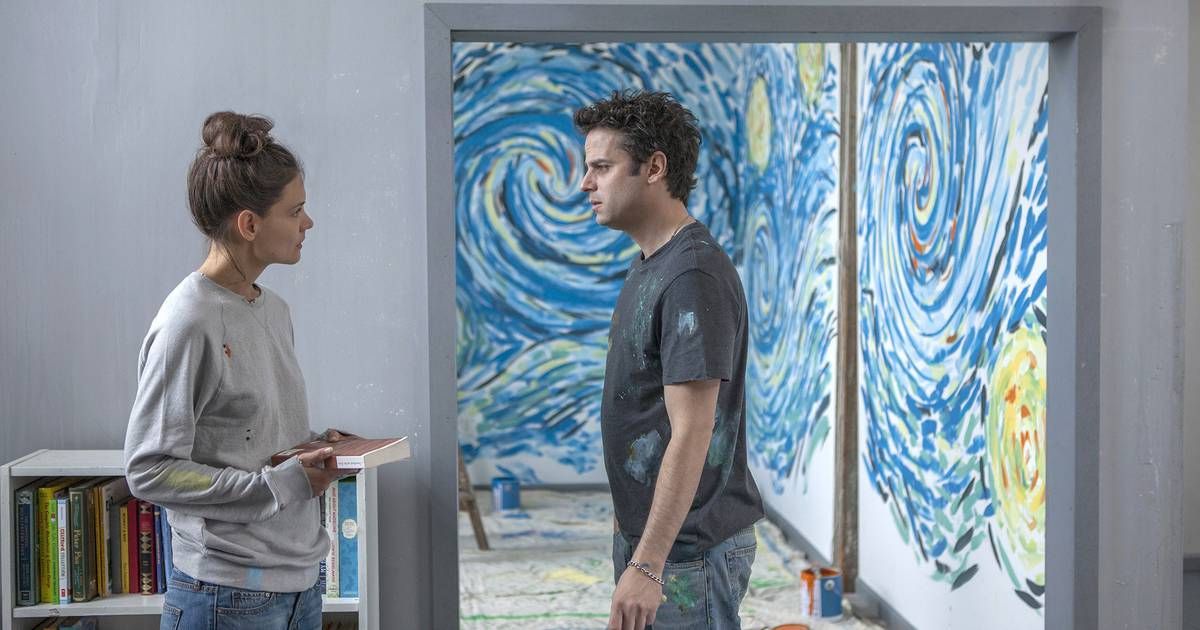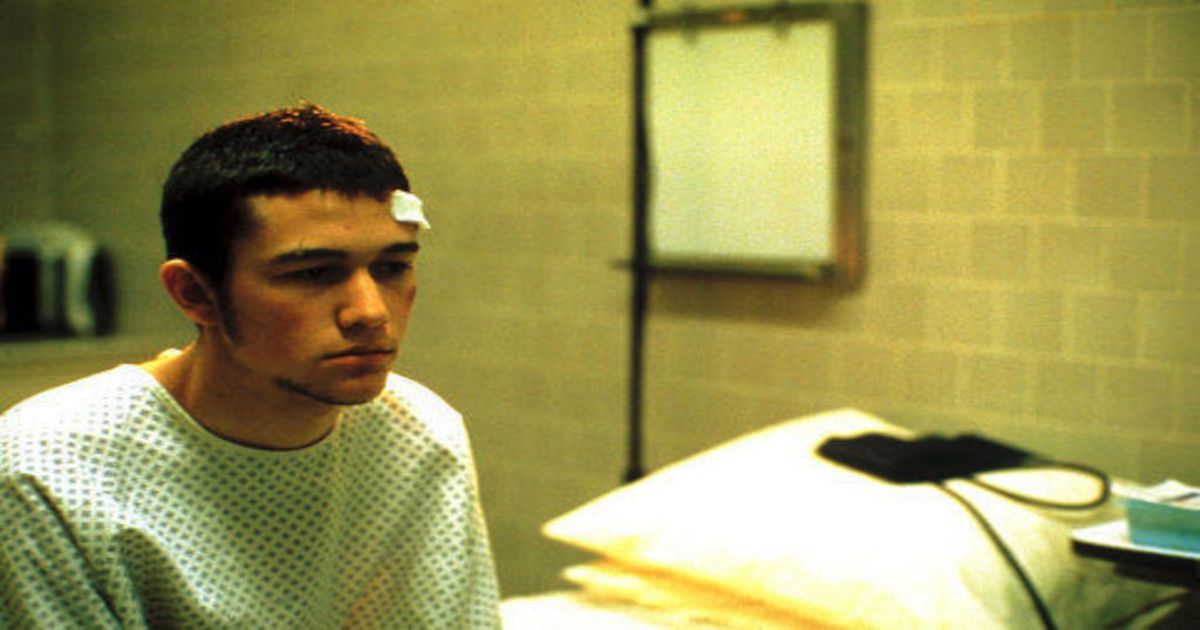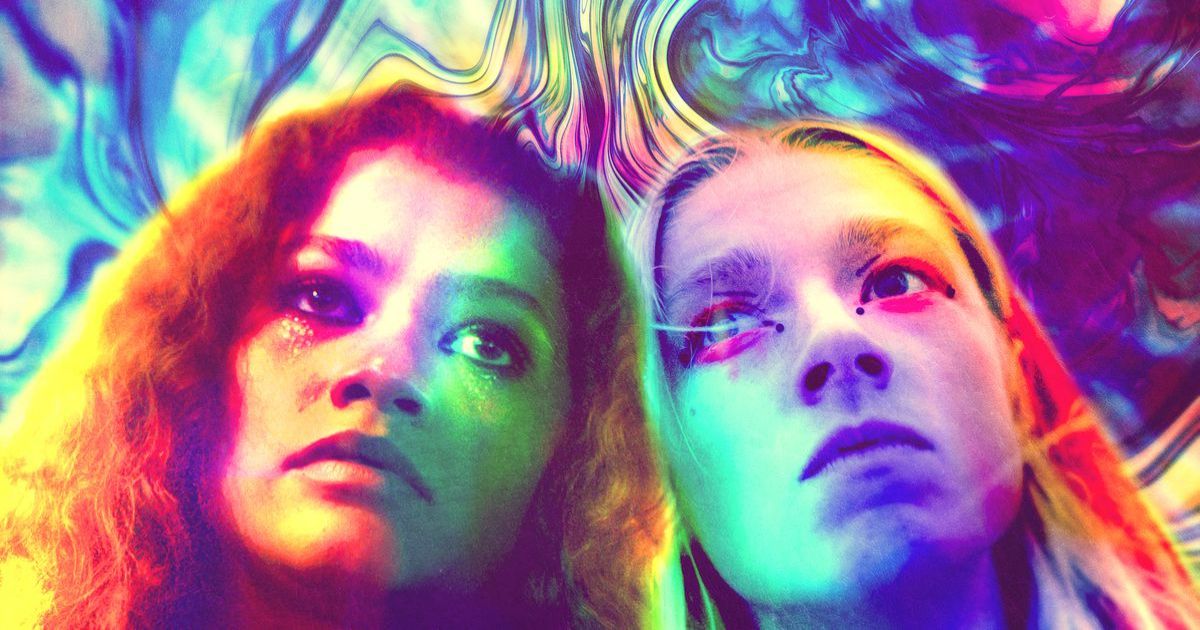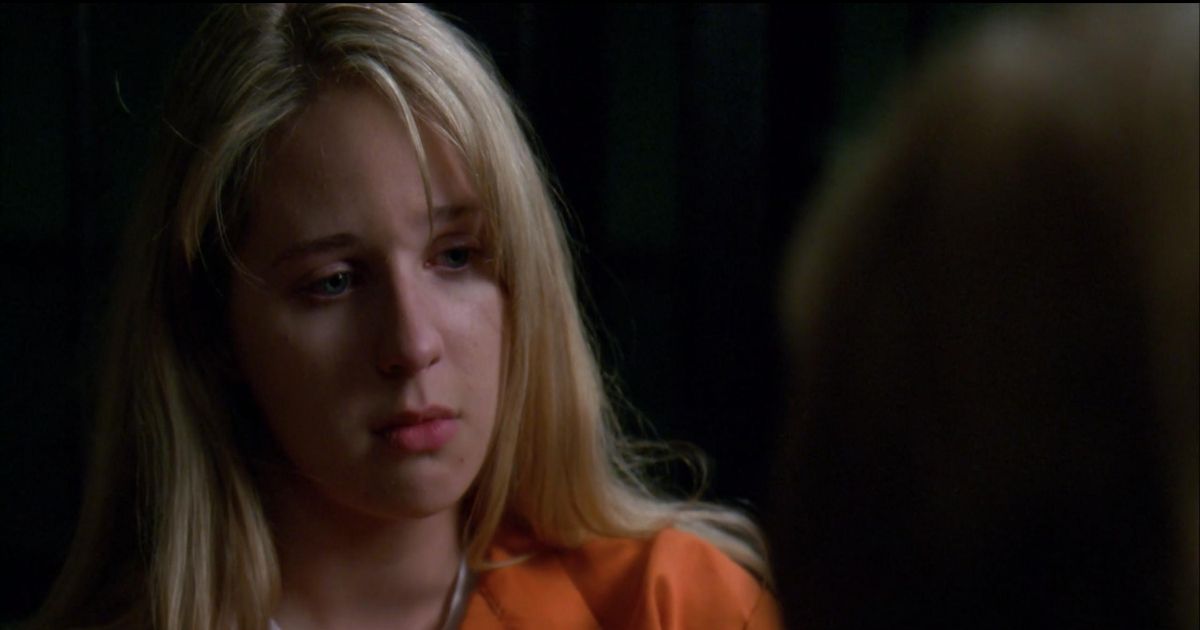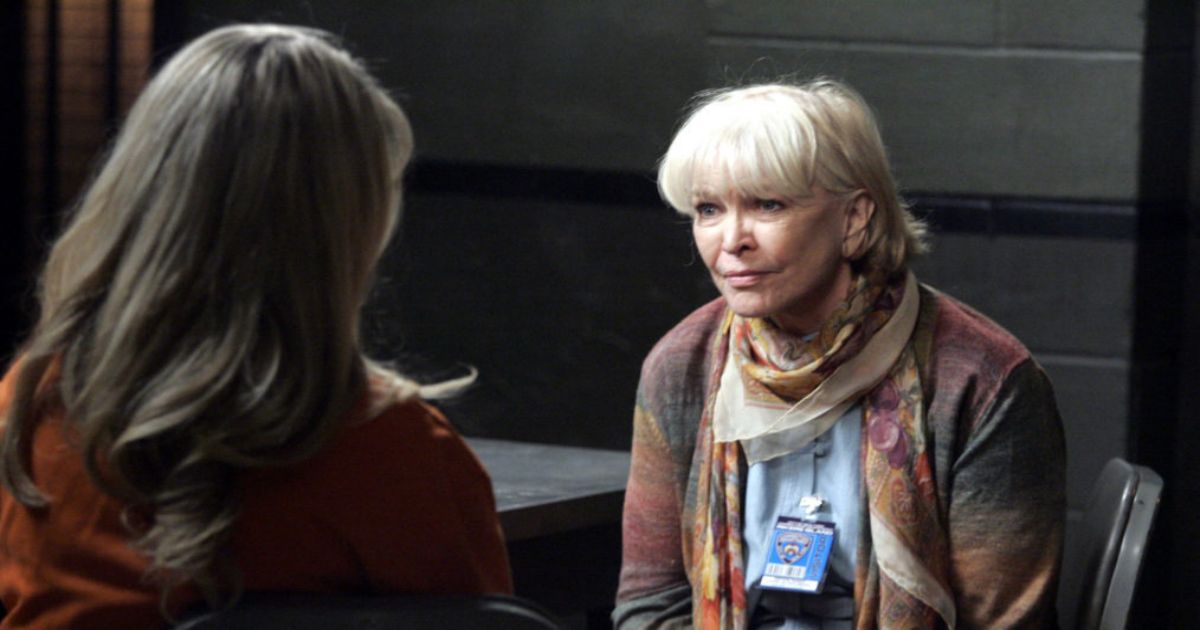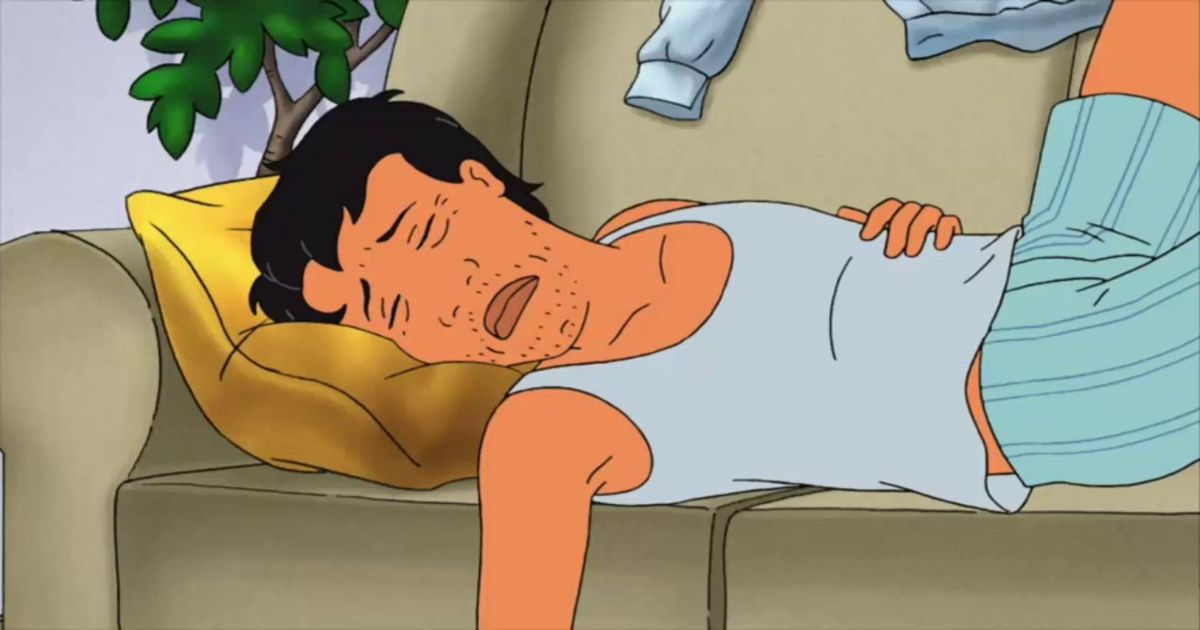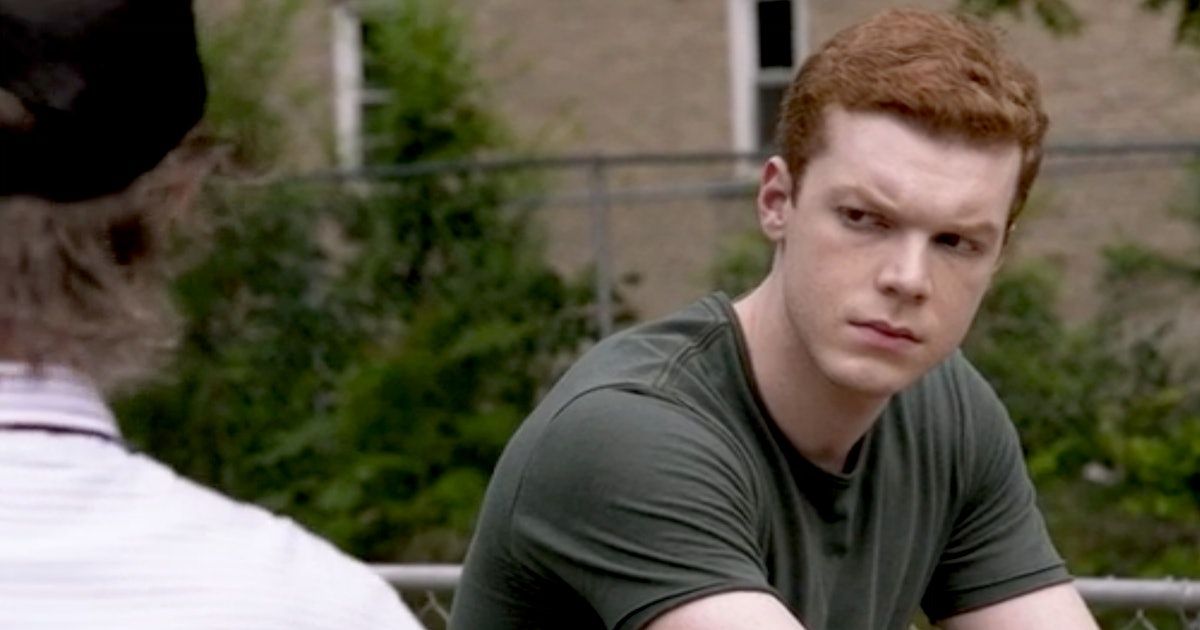Bipolar disorder is a condition that is often misrepresented in the media due to the complexity of the condition. One of the main reasons that it’s so hard to accurately portray bipolar disorder is because many consider it to be an affliction that only has two extremes: mania, and depression. But it’s the gray areas in between that are often overlooked, which makes bipolar disorder so hard to capture in a way that’s nuanced and sensitive to viewers who are diagnosed with bipolar disorder themselves.
The purpose of this list is to show you that sometimes filmmakers get it right. Not only do these films and TV shows give us an accurate depiction of how bipolar affects an individual, they also show us how it can affect the families of those who are living with a mental illness that affects seven million adults in the US alone.
10 Silver Linings Playbook (2012)
Bradley Cooper’s portrayal of Pat in Silver Linings Playbook does an excellent job of showing both the internal and external struggles that are associated with bipolar disorder. Not only do we see Pat experience short bursts of rage, we see how his family has to cope with the fallout. One of the more commendable aspects of Silver Linings Playbook that is worthy of mention is how external stressors can exacerbate an already complex mental illness.
We see Pat have to come to terms with his failed marriage, and his parents’ disapproval of his erratic behavior throughout the film, but he’s constantly trying to put his best foot forward and not let his illness beat him. And the power of family ultimately prevails when a better understanding of his illness allows him to get the tough love and support he needs from his parents and friends.
9 Young Adult (2011)
Charlize Theron’s Young Adult shows us a more volatile version of bipolar disorder that is complicated by past trauma and substance abuse. Throughout the film, we see Theron’s Mavis Gary try to reignite a relationship with her old flame Buddy, and the results are disastrous. And though her behavior is absolutely atrocious throughout the film, we sympathize with her because she’s clearly working through some underlying mental health issues that are clouding her judgment.
One particular aspect of bipolar disorder that Young Adult captures expertly is the “mixed episode.” For those of you who don’t have bipolar disorder, a mixed episode is an extended period of time in which a person is dealing with the meteoric highs of mania, and the soul-crushing lows of depression at the same time. We see Mavis get blackout drunk and make poor decisions. And the following morning, in a fog of hangover and regret, she still has the energy to try to conquer the day again. And although Mavis feels like she’s in control of the situation, there are a number of conflicting emotions beneath the surface that she needs to address.
8 Touched with Fire (2015)
Touched with Fire is set in a psychiatric hospital, and follows the stories of Carla and Marco. Both Carla and Marco are poets with bipolar disorder who form a relationship and fall in love. Even though anybody who’s afflicted with bipolar disorder will tell you that having an episode is not a fun time, Touched with Fire reveals the all too true fact that manic episodes are often euphoric, and have an allure that’s hard to walk away from. It’s heartbreaking to watch Marco admit that he loves the occasional manic relapse because they help him fuel his creativity, which is a common misconception.
The truth of the matter is that people are creative in spite of their disorder, not because of it. But when you’re truly in the middle of a manic episode, it’s hard to ignore the fact that your mind is operating on a much higher level (though with clouded judgment). This is a trap that creatives with bipolar disorder can get caught up in if they don’t look at their own situation objectively.
7 Manic (2001)
Manic is set in a psychiatric hospital filled with troubled teens, and explores the impulsive behavior associated with bipolar disorder. Michael Bacall’s portrayal of Chad introduces aspects of agoraphobia to his condition, which shows us how difficult it is to cope with compounding disorders.
When tempted with a trip to Amsterdam, Chad ultimately backs out because he doesn’t think traveling will fix his life. Chad has an intense argument with another patient over the meaning of a Vincent van Gogh painting, and his description of the painting is one of depression and confinement, which is a sentiment that mirrors his surroundings.
6 Chicago Med (2015)
Chicago Med’s “Choices” episode shows us an accurate depiction of how a psychotic episode could manifest when a patient lapses on their medication. But the way they show it in this medical drama is sympathetic to the patient, because they were a victim of circumstance. In this episode, Dr. Charles learns that a patient who was put through dialysis for a kidney condition had a psychotic break because the lithium she took to stabilize her mood was washed out of her system. She had to be sedated because she was posing a threat to herself and others.
When we learn that the patient’s kidney issues are caused by her medication, Dr. Choi suggests to Dr. Charles that the patient needs to buck up and learn how to deal with her condition. But Dr. Charles puts Dr. Choi in his place, defending the patient.
5 Euphoria (2019)
HBO’s Euphoria not only shows us Rue’s struggle with bipolar disorder, but it also clues us into how her mind works through her narrations in the series. So not only are we seeing Rue act out her mental health struggles, her own voice is a supplementation to the story. When she’s manic, she loves being caffeinated, and tends to go on long tangents that involve several unrelated topics, and it shows us a mind on overdrive as she’s trying to navigate through her life. But the most important part about Zendaya’s portrayal of Rue and her bipolar disorder is the subtlety of her condition.
In other words, Rue isn’t a ticking time bomb of endorphins that will blow up violently. Instead, we see an individual struggling with insomnia, hyper-focus, and racing thoughts. On the flip side, we see her get lost inside herself when battling her depression. Euphoria also does an excellent job of showing us how some unmedicated (or undiagnosed) individuals cope with their condition through substance abuse. Though Euphoria is a difficult series to watch, we commend it for its empathetic portrayal of mental illness.
4 Law and Order: SVU (1999)
In season 10 of Law and Order: SVU, we learn that Elliot Stabler’s daughter potentially has bipolar disorder, which is later confirmed. In the episode entitled “Swing,” Stabler is called to a burglary scene because the wallet left behind by the suspect scene belongs to his daughter Kathleen, who is acting erratically.
In an effort to get Kathleen to get the help she needs, Stabler reaches out to his estranged mother, who suffers from bipolar disorder, and she offers excellent insight that allows Stabler to better understand his daughter. In regard to the depression that often comes after a manic episode, Stabler’s mother says, “Well, that’s the price we pay for greatness, honey. The higher you fly, the farther you fall.”
3 Law and Order: Organized Crime (2021)
Years after what took place on Law and Order: SVU, we see stabler connecting with his mother Bernadette once again, and her illness has only gotten worse in Law and Order: Organized Crime. We learn that at this point in Bernadette’s life, she’s also struggling with early-onset dementia, which is exacerbated by her bipolar disorder.
When Bernadette starts acting unlike her usual self and accuses his son Eli of stealing her lithium, Elliot suspects and suggests that she’s not taking care of herself. But when we learn that Eli was selling her medication, we see Stabler become more sympathetic to the situation, because she is, in fact, struggling with an illness, doesn’t have proper access to her medication, and needs help.
2 King of the Hill (1997)
On the surface, Kahn Souphanousinphone is the absolute last person you want to have as your neighbor. His condescending tone and overall air of superiority is often a source of conflict on King of the Hill. But in the series’ penultimate episode “Just Another Manic Kahn-Day,” we learn that Kahn suffers from bipolar disorder, but has been taking medication for it throughout the entire series. When Kahn’s wife and daughter, Minh and Connie, leave town for a week, Kahn neglects to pick up his medication, and it’s during this time that he bonds with Hank over building grills for Strickland Propane’s Grill-Stravaganza. It’s also during this time that he goes into a full-blown manic episode.
Throughout the episode, Hank starts to see another side of Kahn that’s a lot less arrogant, but a lot more unstable. When it’s revealed to Hank that Kahn is off his medication, Hank uses questionable means to obtain the medicine to get Kahn back down from this elevated, but unstable state. Though Hank and Kahn are often at odds with each other, Hank does the right thing to get Kahn’s mood back in order, even if it means that Kahn will probably go back to being a total jerk to Hank.
1 Shameless (2011)
Showtime’s Shameless does an excellent job of accurately portraying Ian Gallagher’s bipolar disorder. In the early seasons, he is in denial of his condition, though it’s apparent in many ways. He’s up all hours of the night, cooking extravagant meals, using drugs to cope with his mood swings, and doesn’t want to go to a “nuthouse.” But midway through the series we see him come to terms with his illness, focus on his own health, and take his meds.
But the most important takeaway in watching Shameless is that Ian is a sympathetic character with a huge heart, who is unknowingly afflicted with bipolar disorder. And though his behavior is erratic, he’s not violent, or explosive; he’s simply a young man struggling with a condition that he has yet to learn about. But when he learns about it, and gets the help he needs, he reclaims his life and learns to live with his illness, and strives to overcome it.
This story originally appeared on Movieweb



